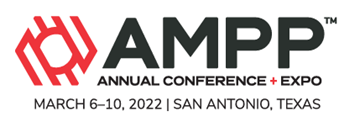Search
Products tagged with 'super duplex'
View as
Sort by
Display
per page
A Recent Case Of Intermetallic Precipitations In Super Duplex
Product Number:
51322-17627-SG
Publication Date:
2022
$20.00
Important Factors in Pipe Butt Welding of Super Duplex Stainless Steel (SDSS) UNS S32760 Using the GTAW Welding Process
Product Number:
MPWT19-14287
Publication Date:
2019
$0.00


